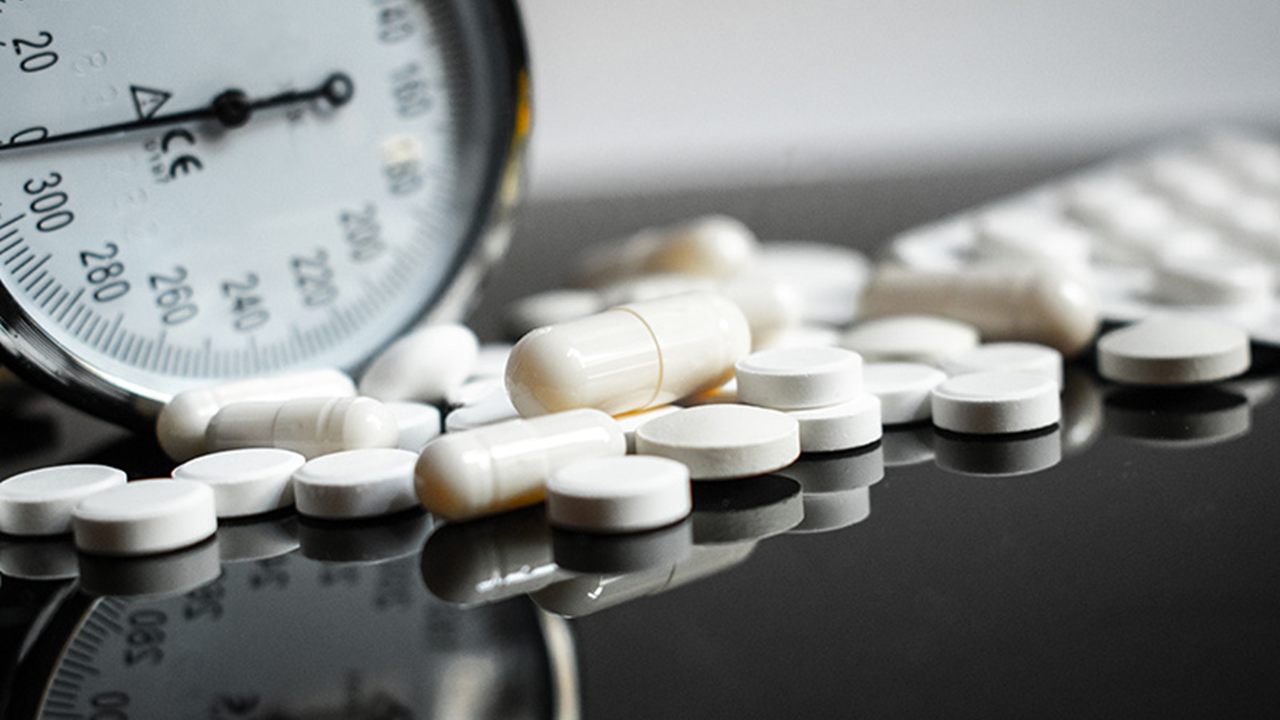Oral GLP-1 Receptor Agonist Reduces CV Risk
CHICAGO — According to the SOUL trial (phase 3b, placebo-controlled), oral semaglutide—a GLP-1 receptor agonist—reduces the risk of major adverse cardiovascular events in patients with type 2 diabetes who have atherosclerotic cardiovascular disease, chronic kidney disease, or both.
These findings align with previous studies on injectable semaglutide and other GLP-1 receptor agonists. According to Dr. Darren K. McGuire (University of Texas Southwestern), this is a significant breakthrough as patients previously only had the injectable option. He noted that over 50% of eligible patients might refuse GLP-1 therapy due to injection concerns.
Demonstrating the effectiveness of oral semaglutide addresses an unmet clinical need. The findings were presented at the ACC 2025 conference and published in the New England Journal of Medicine.
The Double-Blind Soul Trial
The SOUL trial enrolled 9,650 patients aged 50+ with T2D and either coronary artery disease, cerebrovascular disease, peripheral artery disease, or CKD (eGFR < 60 mL/min/1.73 m²). The primary endpoint was a 3-point composite of CV death, nonfatal myocardial infarction (MI), or nonfatal stroke.
-Results: After 49.5 months of follow-up, oral semaglutide reduced major CV events by 14% (HR 0.86; P = .006), demonstrating robust benefits across patient subgroups.
- Kidney Outcomes: While semaglutide showed a trend toward reducing kidney events, statistical significance was not reached (HR 0.91; P = .0967). This contrasts with the FLOW trial, where injectable semaglutide reduced kidney events by 24%.
- Additional Outcomes: Semaglutide showed favorable trends for nonfatal stroke (HR 0.88) and major adverse limb events (HR 0.71).
Kidney Protection Misses Statistical Significance
In SOUL, the numerical reduction in kidney disease events and the reduction in CV death, although not significant (odds ratio, 0.93; 95% CI, 0.52 - 1.09), "were directionally consistent" with the primary outcome and with FLOW, McGuire reported. One potential explanation for the difference between SOUL and FLOW was the greater mean baseline renal function in SOUL than in FLOW (eGFR 73.8 vs 47.9 mL/min/1.73 m2) and the lower rate of adverse kidney events.
Other secondary outcomes in SOUL, such as nonfatal stroke (HR, 0.88; 95% CI, 0.70 - 1.11) and major adverse limb events (HR, 0.71; 95% CI, 0.52 - 0.96), also favored semaglutide, either numerically or statistically.
In SOUL, about 25% of randomized patients were also taking a sodium-glucose cotransporter-2 (SGLT2) inhibitor; this group was evaluated separately in a substudy, also simultaneously published with the main results. The substudy showed that the reduction in the primary endpoint with oral semaglutide was essentially the same, whether or not patients were taking an SGLT2 inhibitor.
"An analysis of major adverse cardiovascular events by any in-trial use of SGLT2 inhibitor use versus no use also showed no evidence of heterogeneity in the effects of oral semaglutide," McGuire said.
GLP-1 Agonist Effect Is Independent of SGLT2 Inhibitor Use
This latter point is important "for those of us who may have had some reluctance in coprescribing these medications," said Anuradha Lala, MD, an associate professor of cardiovascular medicine at the Icahn School of Medicine at Mount Sinai in New York City, who was the ACC-invited discussant for the session.
The value of this study is that it provides an evidence basis for prescribing oral semaglutide in patients with type 2 diabetes and concomitant CV disease, she explained.
"We now have expanded options, which is a "thrilling" development, but, she added, the results "beg the question of where the oral agent fits in our armamentarium." She asked McGuire whether he thinks the different semaglutide formulations are interchangeable or if he would still start with an injectable, reserving oral therapies for those who refuse an injectable.
"I say unequivocally that if they would take the injection and they have access to it, then that is preferred. It is 100% bioavailable if you inject it," McGuire said; bioavailability of the oral formulation is much lower.
However, the reality is that many people refuse semaglutide injections, even when 32-G or 35-G needles are used, he acknowledged.
"It's not that they hurt very much. You simply cannot feel it going into the skin," he said. Many patients would likely be willing to take these injections if they could try them once, he added.
"As much as we don't like to talk about it, there are a lot of patients and a lot of prescribers who are still hesitant," said McGuire. This means a large proportion of patients are not receiving therapy on the basis of "fear of the needle."
Source
Bài viết liên quan






